It’s not unusual for an entrepreneur to consider “everyone” a potential customer. While the optimism can be exciting and contagious, the harsh reality is that most of “everyone” isn’t the RIGHT potential customer. Many won’t ever buy from you, and some who do become customers won’t be a great fit. They may be unhappy, and they may even hurt your business by damaging your reputation or mistreating your employees.
That’s the bad news. The good news? While it may sound counterintuitive, concentrating on a smaller number of potential customers can actually help you grow faster, make more money, and have more fun. Time and time again, I’ve seen that clients who focus 100% of their proactive sales and marketing efforts on their ideal prospect or customer get a bigger bang for every buck they spend on sales and marketing.
The key is understanding the demographic, geographic, and psychographic profile of your ideal customer. We call this a company’s target market – a clear, simple statement that describes your ideal customer. The demographic refers to WHO your customers are, the geographic defines WHERE they are, and the psychographic is HOW they think, act, feel – what they appreciate and value, and what motivates them to buy. The demographic and geographic profiles often roll off the tongues of our clients. It’s clarifying the psychographic that uncovers the real magic and value.
 Focus Your Marketing on the Right Customers
Focus Your Marketing on the Right Customers
The psychographic profile of our ideal client at EOS Worldwide is a leadership team that is growth-oriented, entrepreneurial, frustrated, open-minded, respectful, appreciative, and wants help. Without the clarity this definition provides, we could target literally five times the companies that we do. If a leadership team doesn’t fit this psychographic profile, we are less likely to be able to help them, and it becomes more likely that someone will end up unhappy. When the team has most or all of the above qualities, it is our opportunity to shine.
So, who is your target market and what is its psychographic profile? Think about your best client relationships. What motivates them? What is their mindset? Why are they easier to work with? Compare that to the attributes of any difficult clients or customers. What are the key differences? After reflection, you will find that a few shared psychographic characteristics are at the core.
Stay True to Your Target Market
Once you’ve identified the psychographic profile of your ideal customer, combine it with the demographic and geographic characteristics to create a definition of your Target Market – “The List” of customers on which you will focus all of your marketing and sales energy. Add this to the Marketing Strategy section of your Vision/Traction Organizer™, and use it to guide your sales and marketing efforts.
When you stay true to your target market, it gets really exciting! You’ll start identifying better customers, aligning your marketing and sales efforts, bringing on more target market customers, and then upgrading existing ones. It’s a process. And the more your client base is made up of your ideal target market, the more referrals you’ll get in that target market. You are going to get more of what you have, and more of what you want. You have a choice. What kind of customers do you want more of?
Next Steps
- Read Chapter 3 of Traction by Gino Wickman to learn more about defining your Marketing Strategy.
- Download the Vision/Traction Organizer to help you crystallize your company vision.


